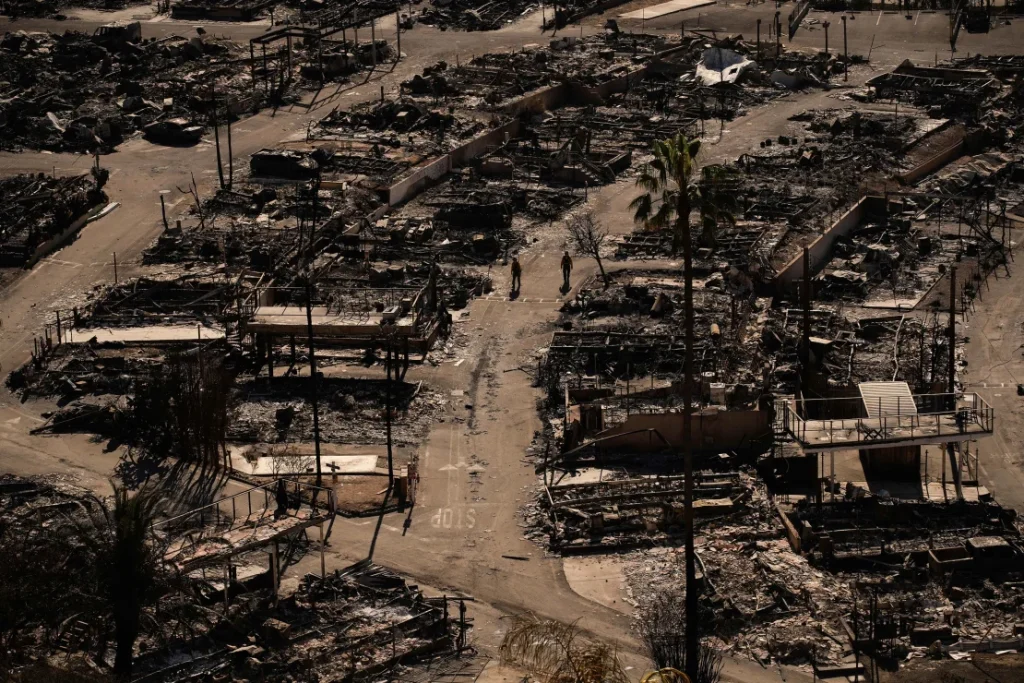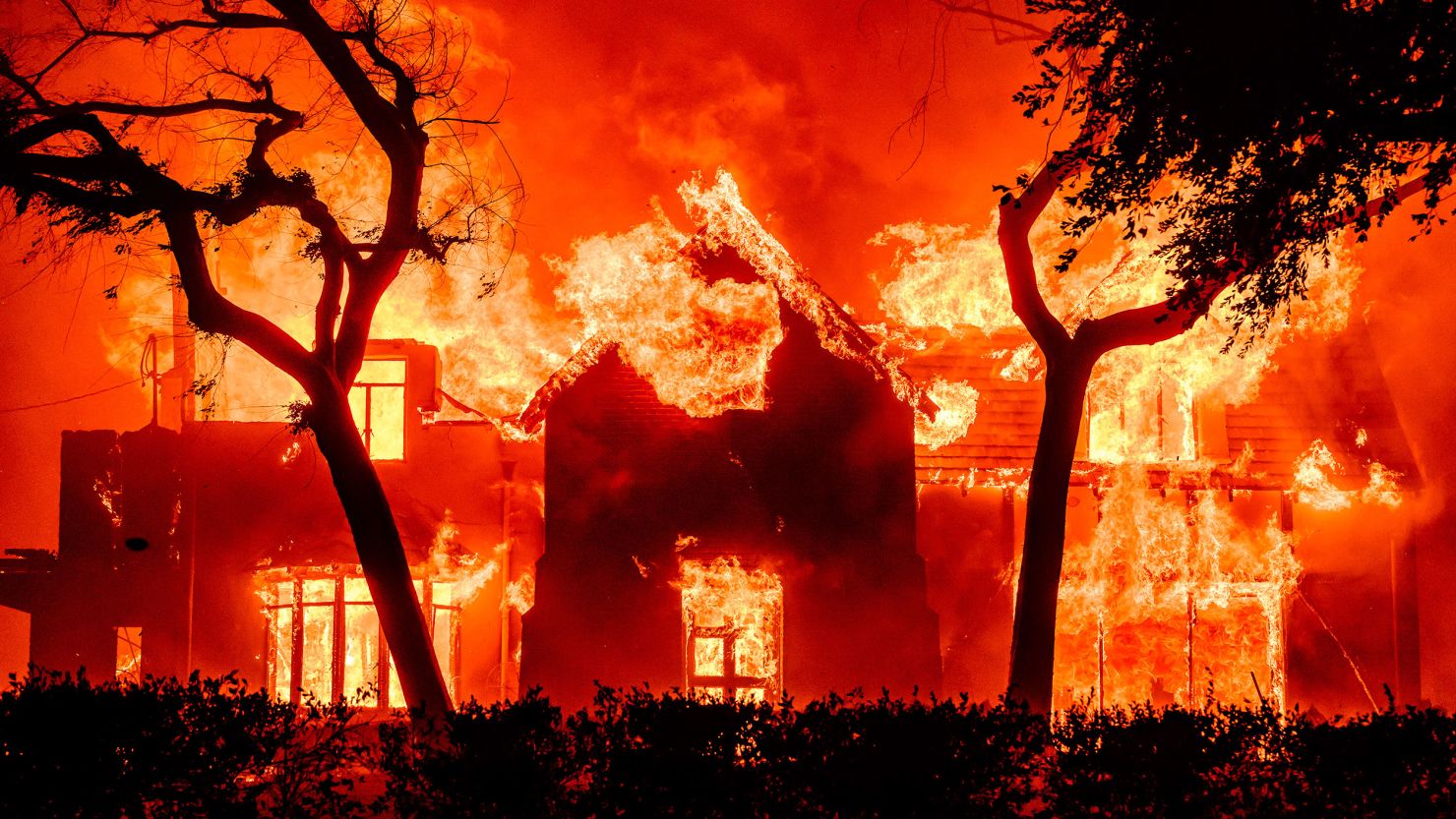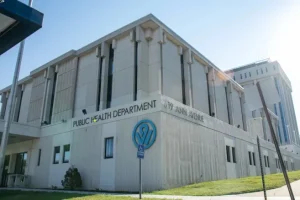United States: A week after fierce winds fueled the catastrophic wildfires that scorched Southern California, the state’s website dedicated to monitoring the havoc consistently updates metrics on land consumed, structures obliterated and lives lost. Yet, one critical detail remains conspicuously static: the origin of the conflagrations.
Despite swirling conjectures, unverified reports, and media narratives attempting to pinpoint the fires’ genesis, official determinations for all incidents remain labeled as “under investigation.”
Experts in fire forensics and arson analysis, consulted by CNN, emphasized that uncovering the ignition sources could span weeks, months, or even longer.
“This undertaking is colossal in scope,” remarked Mike Vergon, a retired investigator from the Bureau of Alcohol, Tobacco, Firearms, and Explosives (ATF), formerly part of its elite National Response Team, specializing in unraveling intricate fire and explosion incidents.

John Locher/AP
The arduous endeavor of identifying a fire’s origin, according to experts, demands meticulous effort and consumes substantial time.
“It’s a laborious, grimy, and often unenviable task,” explained Ed Nordskog, a retired Los Angeles County Sheriff’s arson investigator and profiler, as per reports by CNN.
Cal Fire statistics reveal that approximately 95 percent of wildfires in California stem from human activities, ranging from deliberate acts of arson to accidental sparks caused by downed power lines, reckless backyard celebrations, or misguided firework displays. The outcomes of these investigations carry significant weight, potentially resulting in fines, legal settlements, or even criminal convictions. For instance, Pacific Gas & Electric, in 2019, resolved an $11 billion settlement with insurers over claims linked to the devastating 2017 Northern California wildfires and the infamous 2018 Camp Fire.
Beyond liability and penalties, these inquiries yield invaluable insights, notes Tommy Sing Sr., a seasoned fire investigator and president of Quest Fire Analysis.

Etienne Laurent/AP
“Understanding the fire’s origin provides critical guidance in mitigating future risks,” Sing asserted.
Currently, the ATF National Response Team has initiated preliminary evaluations in Los Angeles and assumed primary responsibility for investigating the Palisades Fire. This inferno, claiming at least eight lives and annihilating over 5,000 structures, ranks as the second-most destructive blaze in Southern California’s annals, surpassed only by the Eaton Fire. Containment operations for both disasters remain ongoing, as per CNN.
Tim Jones, an ATF deputy assistant director, disclosed that 15 specialists from the response team were deployed to probe the Palisades Fire at the request of local authorities. Their mission is to ascertain the blaze’s “cause and origin.”
Jones highlighted the team’s composition, including agents with advanced expertise in forensic sciences, who adopt an analytical and methodical approach to dissecting the ATF’s most formidable investigations. He cited previous deployments this year, such as to New Orleans following the New Year’s terror incident and to Las Vegas after the Cybertruck explosion near the Trump Hotel.
Predicting the timeline for resolving the Palisades Fire’s origins remains challenging. Jones referenced the ATF’s final report on the 2023 Maui wildfire, which was not released until over a year after the incident.
While investigations remain active, Jones cautioned that the team would maintain strict confidentiality regarding emerging findings.
“No preliminary conclusions will be disclosed,” he stated. “We reserve judgment until all evidence is meticulously analyzed,” according to CNN.
No Predominant Theory Emerges
The Palisades Fire ignited on the morning of January 7, with satellite imagery and dispatch records analyzed by CNN revealing another fire six days earlier in the vicinity. Local firefighting efforts reportedly contained that blaze within hours, limiting its spread to approximately eight acres. However, the geographical proximity of the two incidents has sparked speculation about potential connections, including the possibility of smoldering remnants from New Year’s Eve fireworks reigniting due to strong winds—a theory suggested by publications like the San Francisco Chronicle and Washington Post.
While plausible, this hypothesis remains unsubstantiated pending exhaustive investigations, cautioned Luca Carmignani, a wildfire researcher and professor at San Diego State University.
At a press briefing, Los Angeles Fire Chief Kristin Crowley asserted there was “no evidence” indicating a link between the two fires. She pledged a thorough examination of all possible factors.
A law enforcement source informed CNN that authorities have not established a primary theory regarding the cause of the fire, as per reports by CNN.
Critical Evidence Collection
Witness accounts and early dispatch logs often form the foundation of fire-origin investigations. Experts analyze satellite photos, meteorological data, and potential anomalies, sifting through potential clues like “footprints, tire marks, or discarded smoking materials,” as Scott Fischer, a former federal fire investigator, explained.
Dixon Robin, a retired ATF investigator, noted that even seemingly barren crime scenes often yield hidden evidence.
“Many arsonists fail to realize how much trace material they leave behind,” Robin observed, citing examples of match remnants surviving forest fires.
Eliminating alternative theories, step by step, until one aligns conclusively with the evidence, is an integral part of the process, Robin added.
According to CNN, forensic insights often guide investigators to a fire’s origin, particularly when strong winds shape the blaze’s directional patterns. Observing burn scars from elevated vantage points, drones, or aircraft provides clear indicators, Nordskog explained.
Once origins and causes are established, attention shifts to accountability. While proving arson beyond a reasonable doubt is notoriously complex, Fischer emphasized that even circumstantial evidence can become pivotal in such cases.





